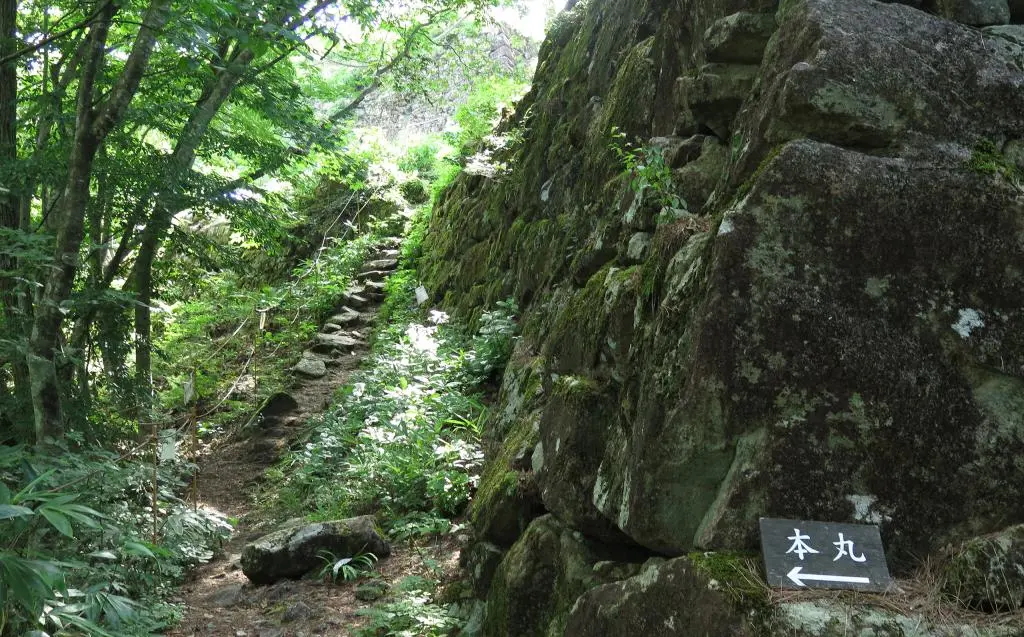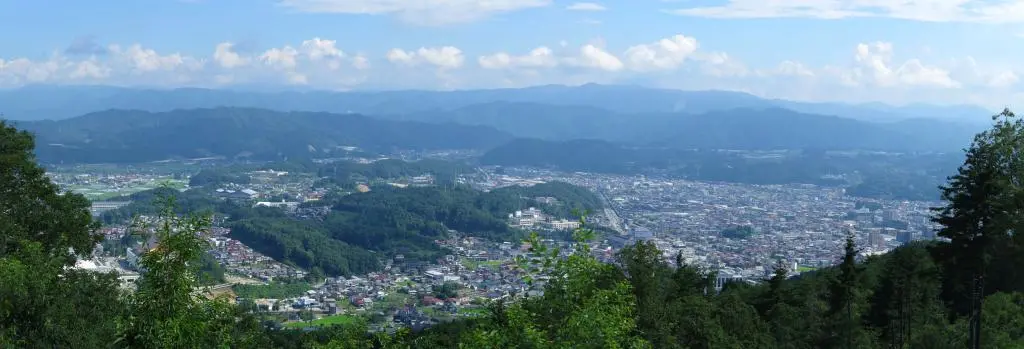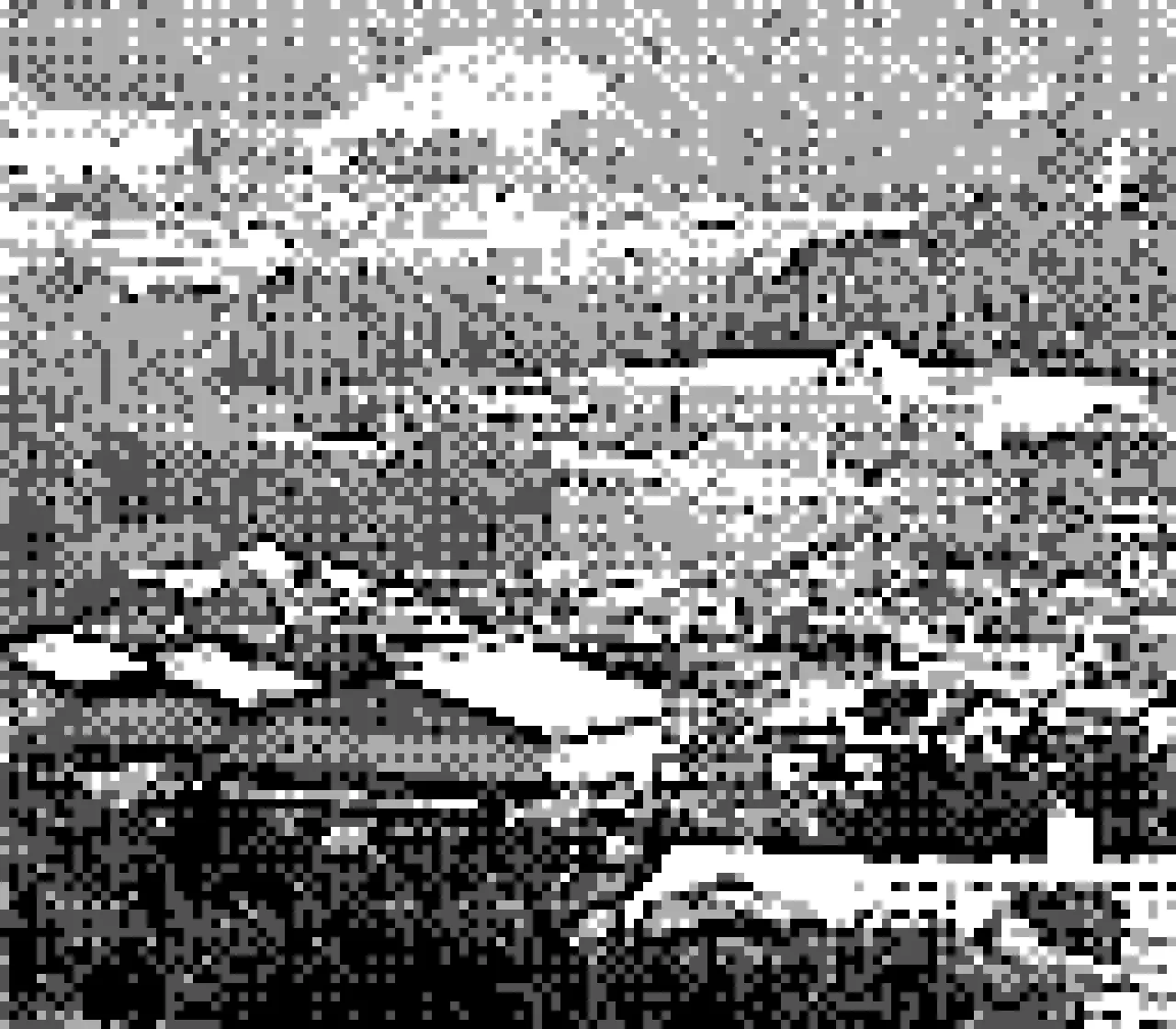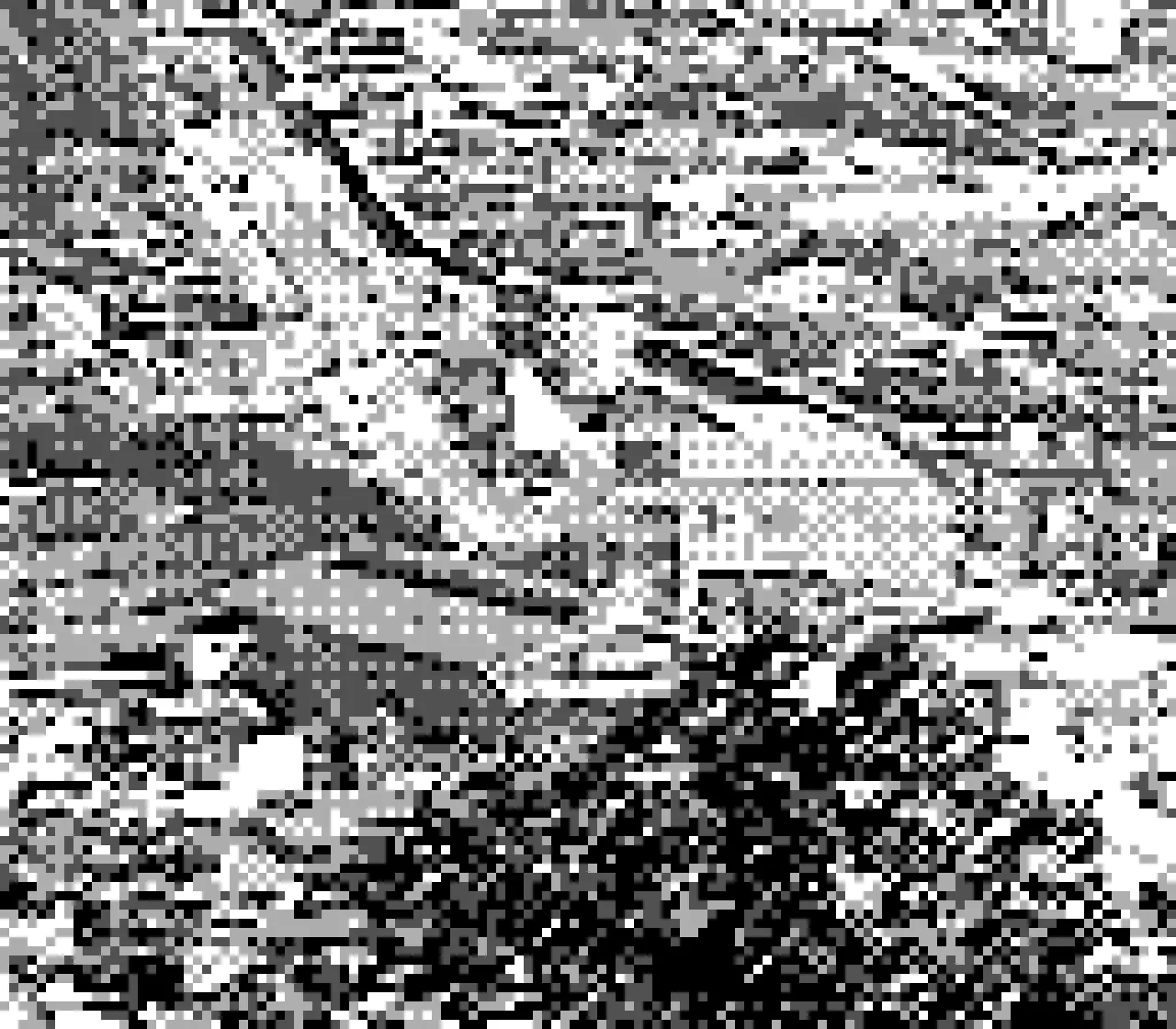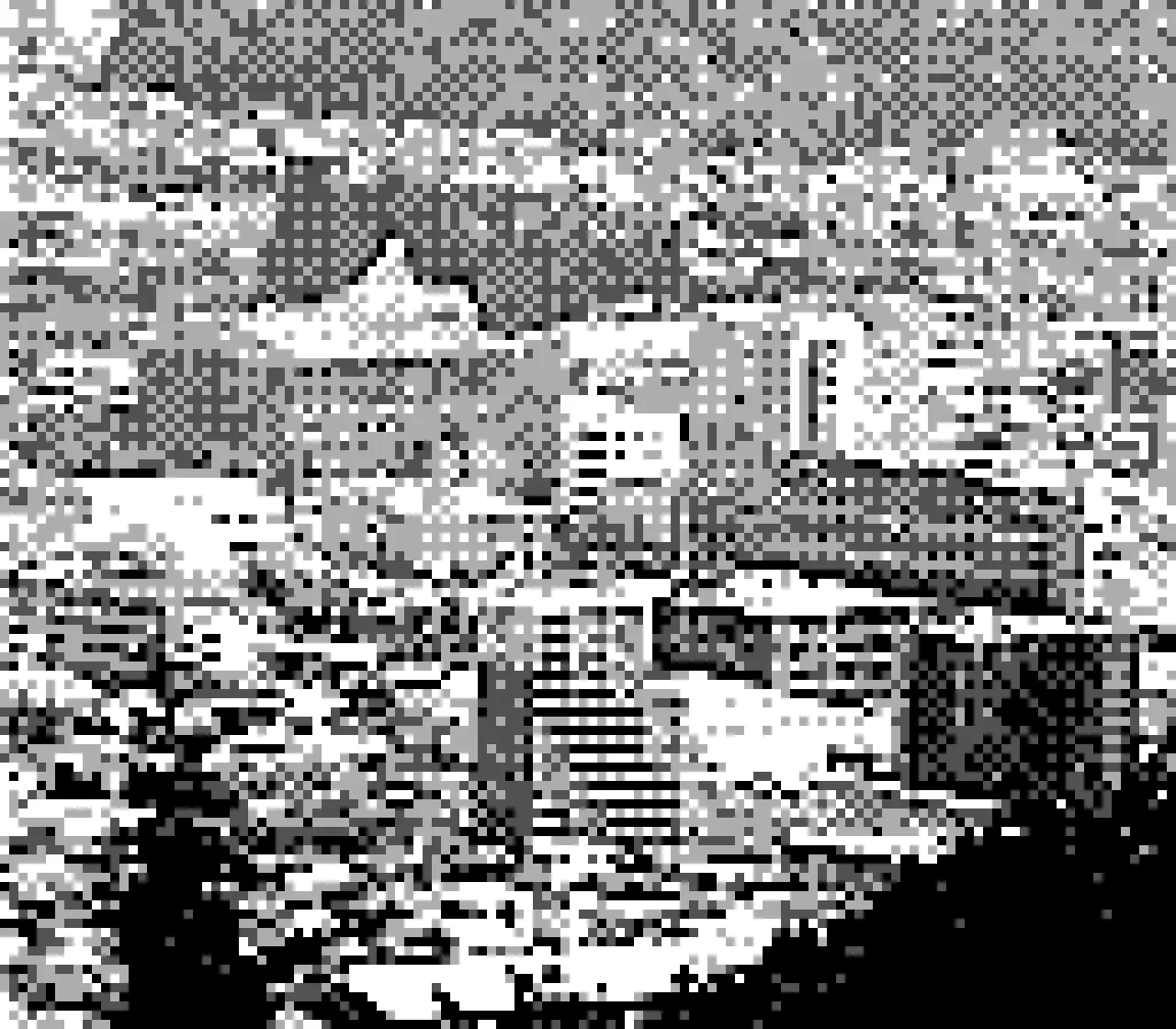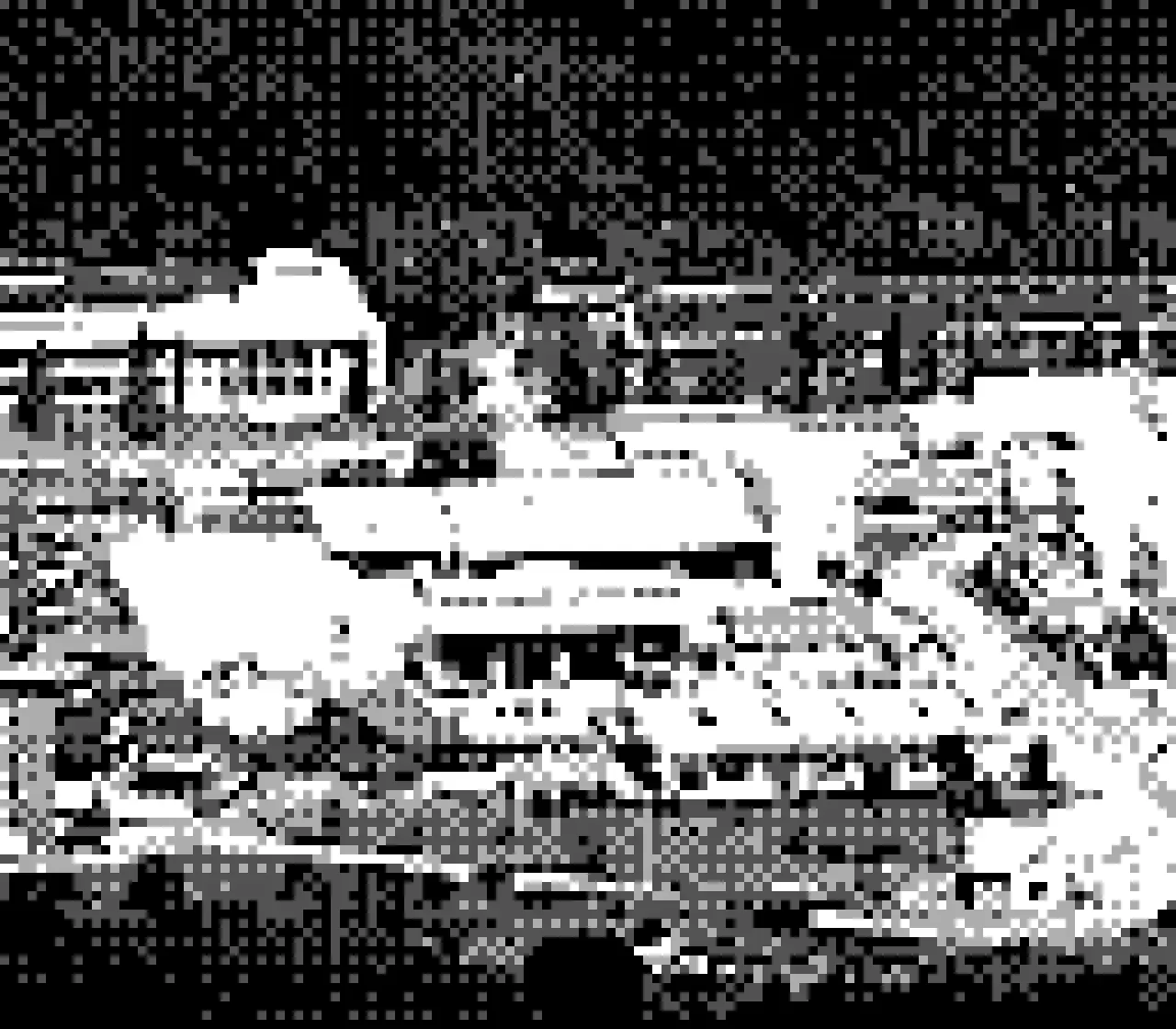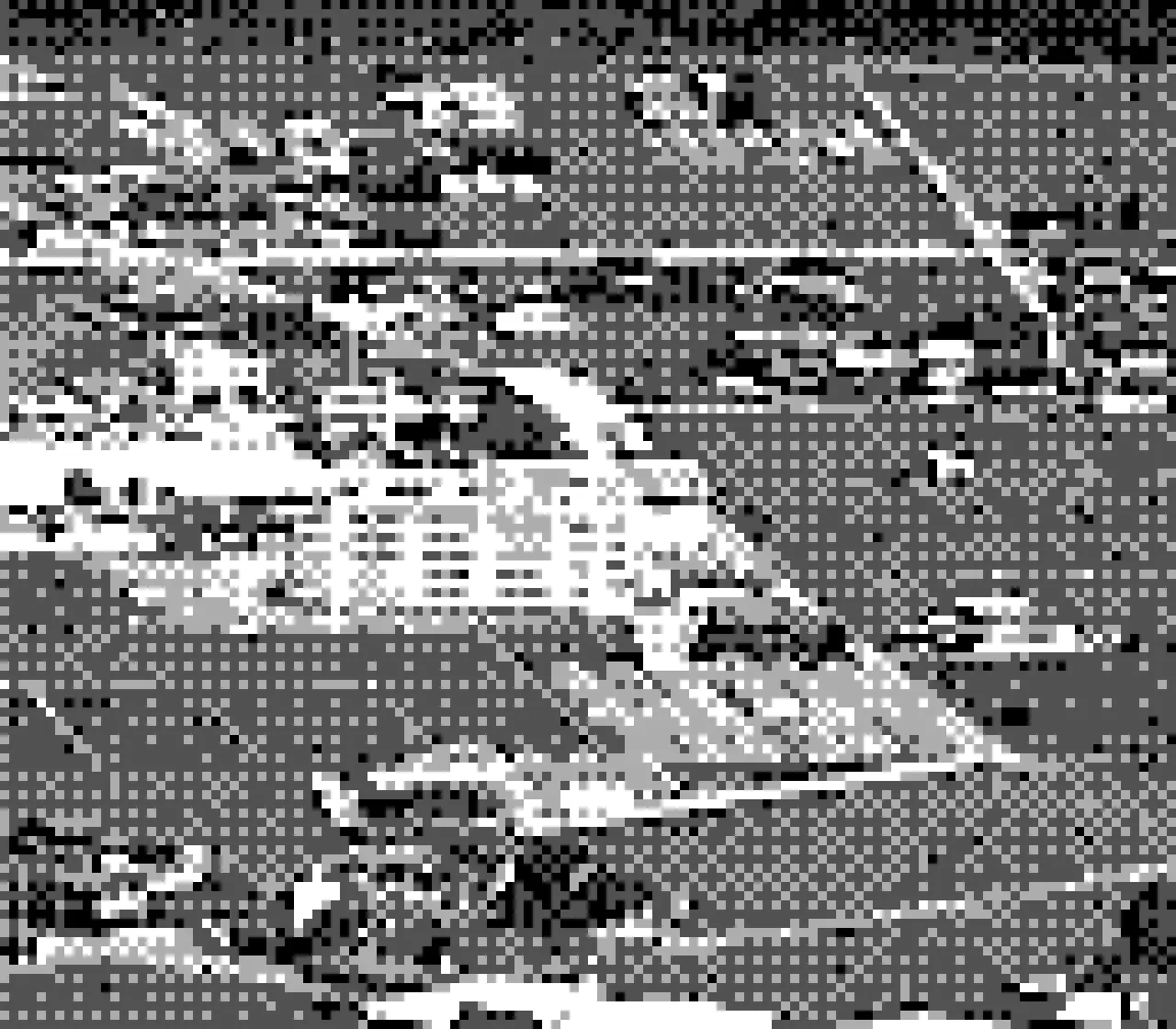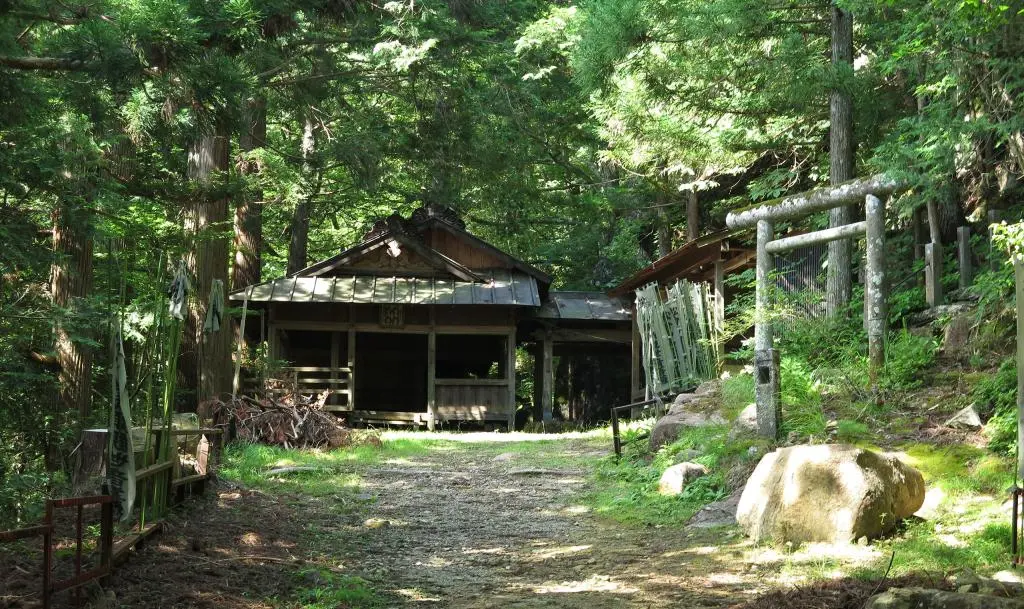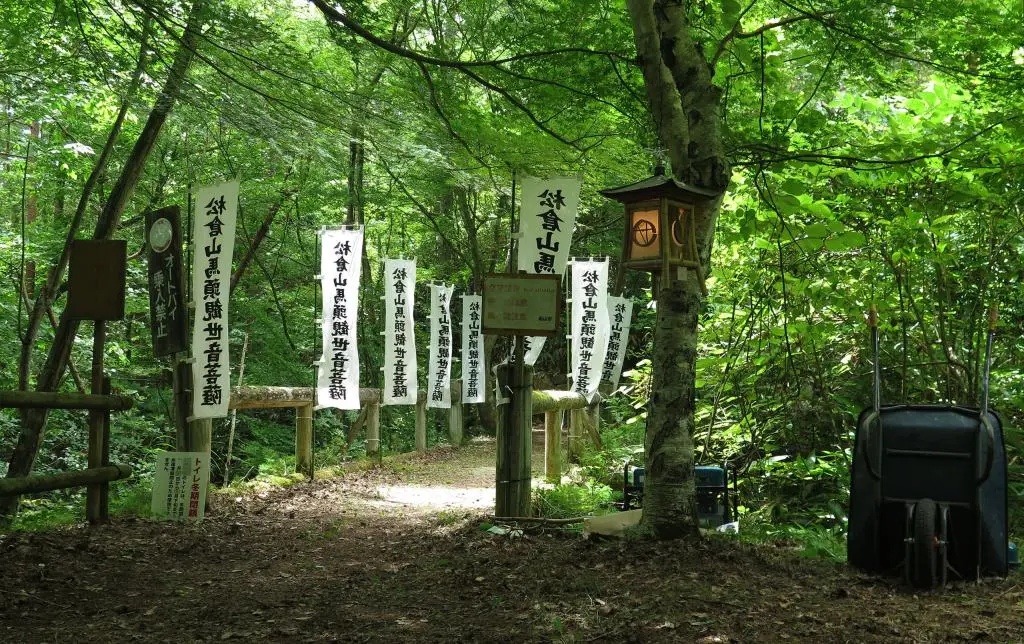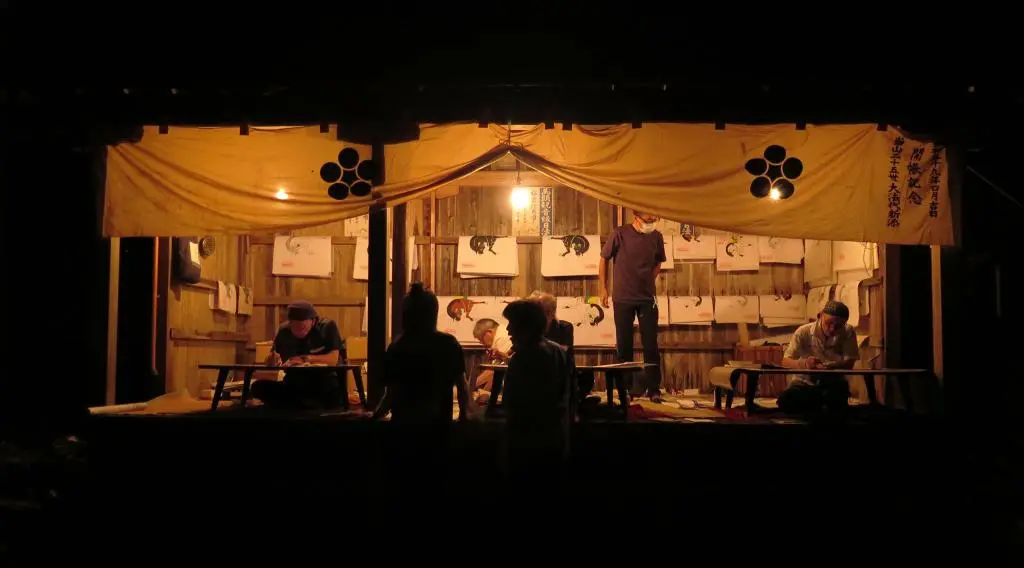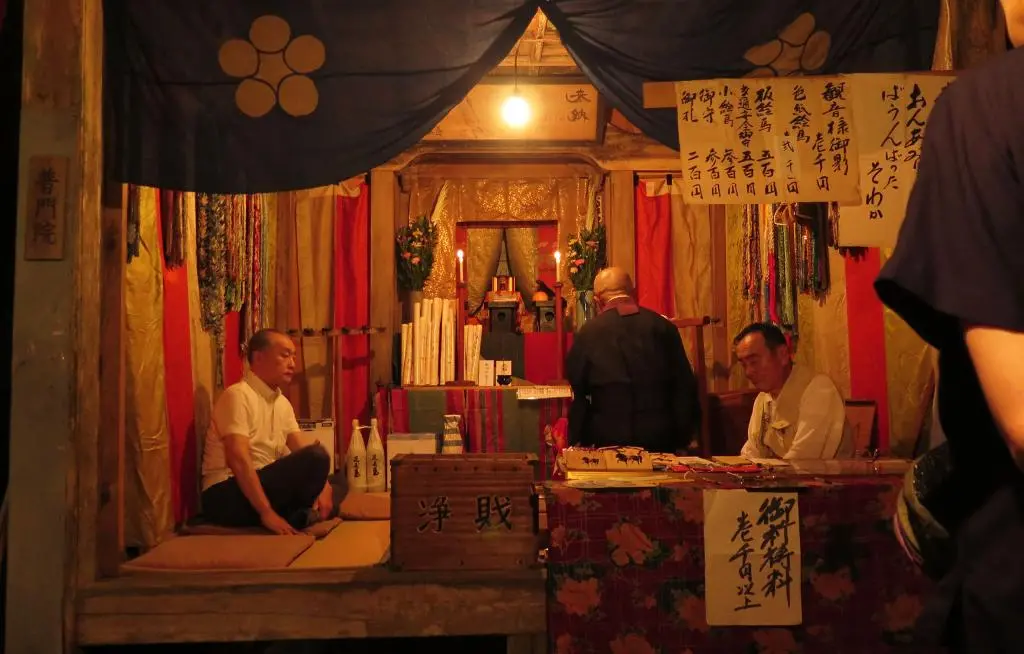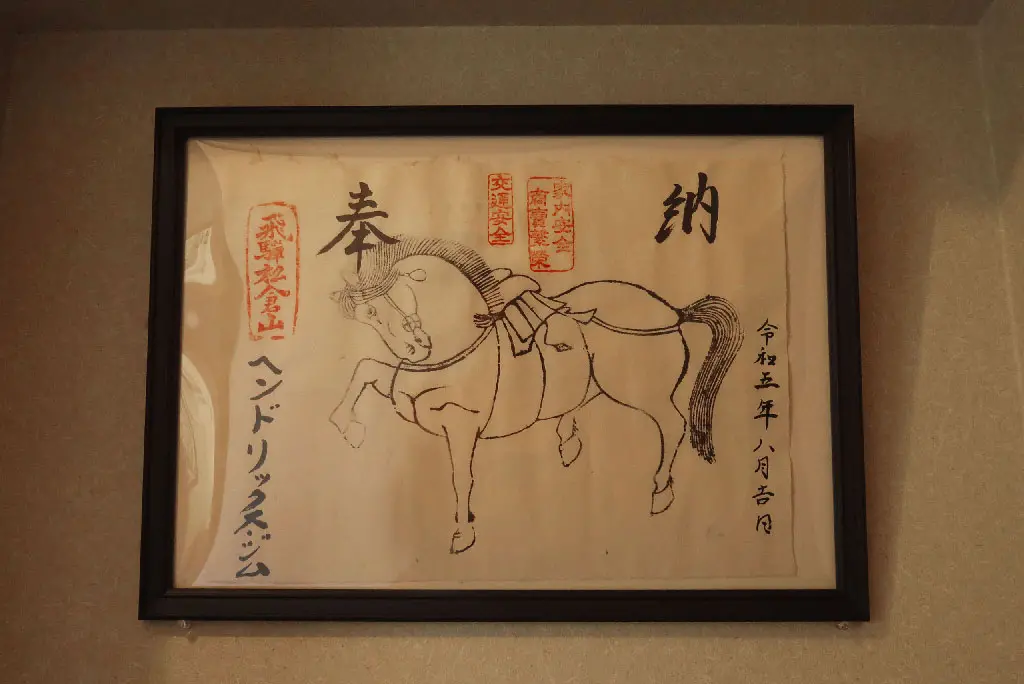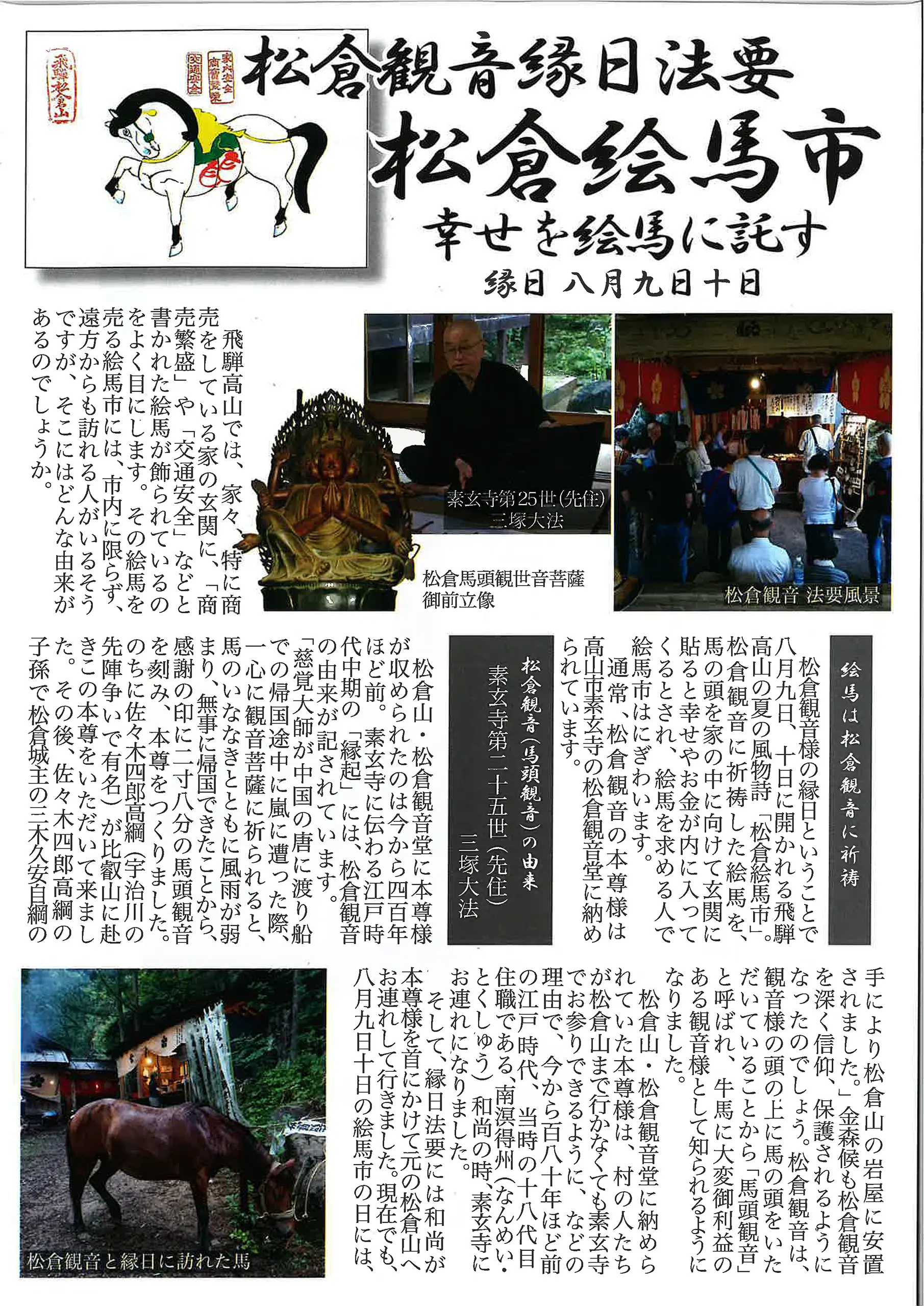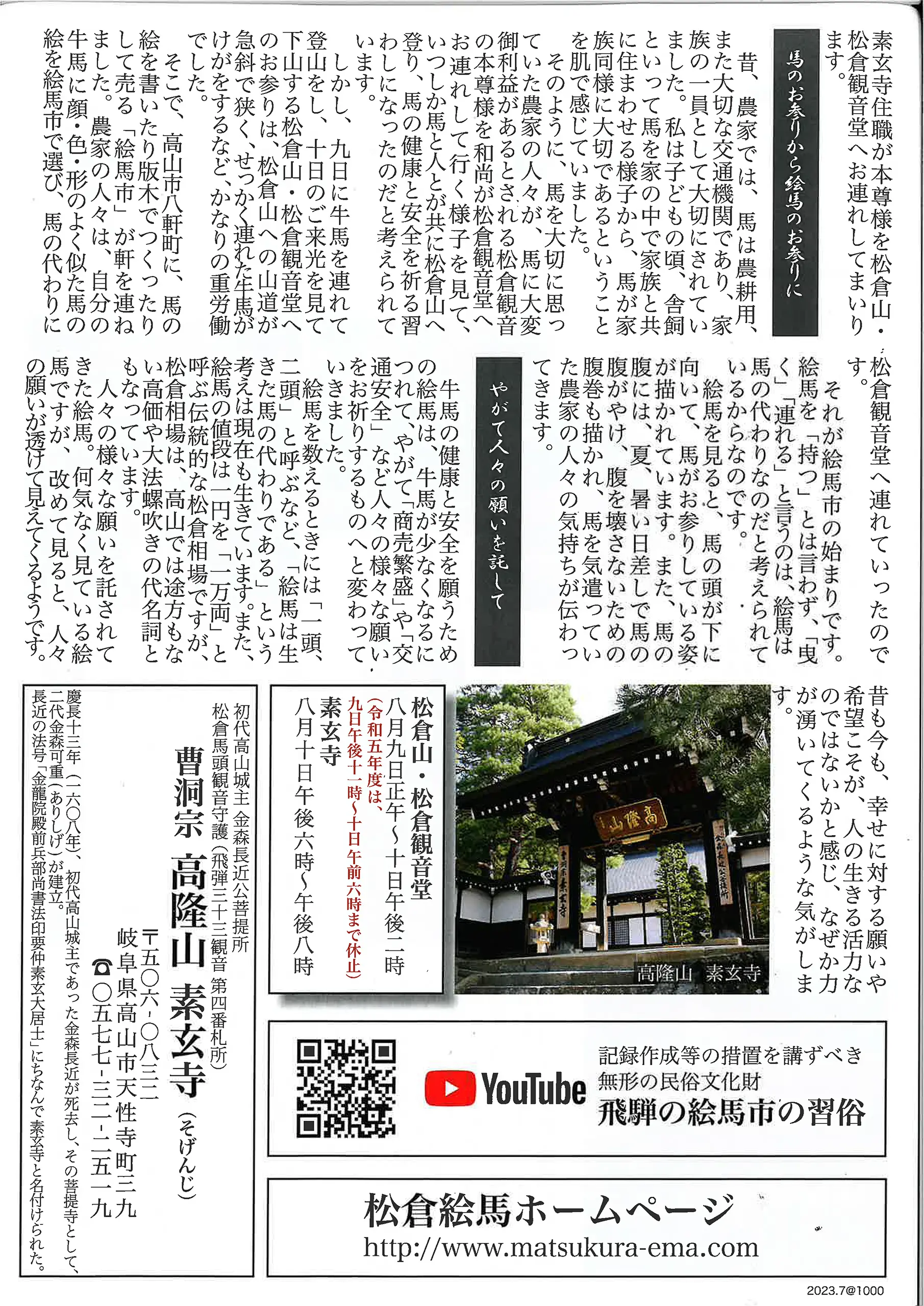Takayama is a city surrounded by mountains and nature. These mountains lead to excellent vantage points of the city, but all have their own history, too. The southwest mountains of Matsukura 松倉 and Harayama 原山 used to be the center point of the ruling class of the town.
Back in the 1500s, Hida was its own province amongst the warring states, and the rulers were the Anekouji Clan 姉小路. Takayama was the most prosperous area of Hida because it was the most open. Farmers could easily till the land and feed all of its people. There was plenty of roam to rear livestock, such as horses and cows. And, Hida was also known for its expert carpenters. The mountain of Matsukura overlooked the entirety of Takayama, so it was the perfect point to build a stronghold to defend the city. This was Matsukura Castle 松倉城.
Towards the end of the 1500s, Oda Nobunaga 織田信長 had begun his conquest of defeating all independent clan and armies and unifying Japan as a single country. In 1585, he dispatched Kanamori Nagachika 金森長近 to ascend the mountains of Hida and destroy the Anekouji Clan to claim the territory. The Anekouji Clan was easily outmatched, defeated, and killed.
With Hida and Takayama under the control of Nobunaga through Kanamori, peace came to the city, and Kanamori transformed the city into a vacation town for his rich friends. He built a new lavish castle, the Takayama Castle, closer to the center of town, and left Matsukura to rot.
Today, Matsukura Castle is a complete ruin, and even those ruins fall further and further apart with each year. 9 years ago, I traveled up to the top for the first time, and I did it again a few months later to compare the seasons. I been up to the top a couple more times, and most recently, I hiked to the top with one of my students in the winter.
Last weekend, we did it again to compare the seasons. The recent torrential rains had washed out what remained of the main stone steps and walls that once lead to the small castle.
At the top, there's a great view of most of Takayama City.
I brought my Analogue Pocket with to take some photos, too. Can you find these locations in the larger panoramic photo above?
To the west of the Matsukura Castle ruins is the peak of Harayama. It's not really a difficult hike, but it does get pretty steep. The view from the top is much more grand and open than the view from Matsukura, but you can only see the western Shingu 新宮 area of Takayama.
My school is clearly viewable from here, too. Although, it's under construction at the moment.
I took some more Pocket photos, too. They looked pretty bad when I was reviewing them during the hike, but I think they turned out alright. Can you find these locations, too?
With both views from Matsukura and Harayama combined, you're able to see about 65% of Takayama. The southern neighborhoods are obstructed by trees, and the eastern neighborhoods are behind the short mountains that cut through downtown.
Again, in 1585, the Kanamori clan, led by Kanamori Nagachika 金森長近, took control of the Hida province and stationed themselves in Takayama. After 108 years and 5 generations, Kanamori Yoritoki 金森頼旹 was the current head of the clan. He was a troublesome child and leader, so the entire clan was removed from the Hida province in 1692 and transferred to modern day Yamagata.
At the same time, a buddhist monk named Tenden Koutou 天電高幢 returned from his position at the Sennyu-ji Temple 泉涌寺 in Kyoto, and built a shrine to Kannon in a cave of Matsukura mountain. This shrine is called a Fumonin 普門院, an official branch of temples across Japan that pray to the buddhist God, Kannon.
Kannon is a deity in Buddhism that grants people deliverance from suffering. People will often pray to Kannon for protection from illness and prosperity for their family and livelihood. Kannon has six transformations, and the Matsukura Kannon Temple specifically prays to the Bato Kannon transformation.
Bato Kannon is the more violent and warlike transformation, characterized by a menacing horse head. Horses were a very important animal and symbol of old Hida. There were used for farming, transportation, and many people considered them members of their family. People from Hida and even further would travel with their horses to the temple on July 9th every year, to pray for the wellbeing and protection of their horses.
Traveling up the mountain isn't so difficult today, but this was not the case 400 years ago. It caused a lot of stress for the horse. So, artists began painting horses on paper and selling them in downtown Takayama. These horse paintings were called Ema 絵馬, which literally translates to Horse Painting. Emaichi 絵馬市 means Horse Painting Market.
At this market, farmers would buy whichever horse painting they thought looked most like their horse. Then, they would bring this painting up the mountain to the Matsukura temple instead of their actual horse.
Over time, this painted horse became a symbol for more than just their horse. Because a family would rely on their horse for their farm, the horse painting now encompassed a person's entire farm or business. Families also consider their horse a member of their family, so the horse painting protection began to expand to other members of the family, too.
These days, the tradition continues. Almost every business throughout Hida (and most residences, too) will have a horse painting at the entrance. Pointed inward, the horse painting offers protection and prosperity for the business or family inside.
Every year on August 9th and 10th, the Bato Kannon deity is moved from the main Kannon temple in downtown Takayama into the Matsukura mountain. At this time, horse paintings are created for anyone that comes to visit and a Buddhist monk of the Kannon temple will infuse his prayer into the painting.
8 years ago, I came here for the first time after finally learning about the origins of the horse paintings that I saw everywhere. People get a fresh horse painting every year to renew their protection and luck, but I think it worked out pretty well for me.
This year was the first time the Emaichi was held in person since Covid.
I visited the temple during the day to get some order forms. I was planning on getting several horse paintings for other people, so I wanted to get information on size and price, and figure out what to do later.
In the evening, I returned to the temple to get the paintings made.
The Matsukura temple isn't very difficult to get to, but it's a little more difficult at night when there is no natural light at all. It's about a kilometer drive up the mountain, and then another kilometer by foot.
The difference of night and day.
Sixteen lights were strung along the one kilometer stretch from my car to the temple, but a flashlight was necessary both to be able to find the way and for general protection.
I parked around 8:45pm at the open area near the summit, and made it to the temple about 20 minutes later.
It was perhaps a little overkill, but I ordered 10 Ema paintings this year for various people in my life. It took them about 30 minutes to write out each one, and by 10pm after everyone had their Ema painting completed and other offerings set, the Buddhist monk came to the shrine and performed his blessing. It took about 10 minutes.
We were the last group of the night.
Now, my luck has been renewed and hopefully it will give me the strength to deal with all the stress I've had over the last year.
Here's more information about the event that they gave at the market.
